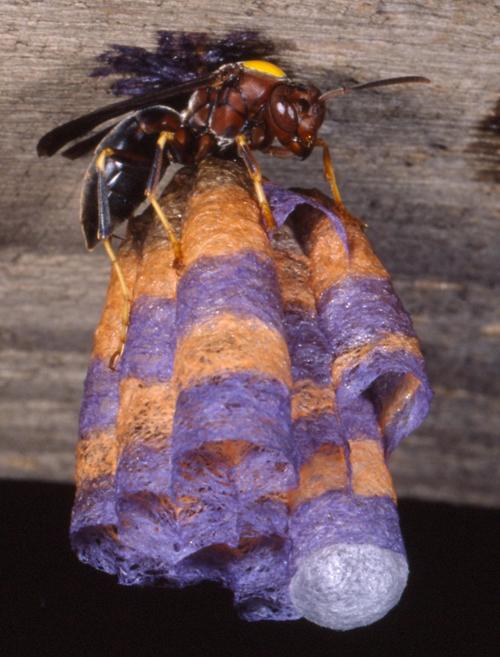Study: Wasps have separate origins
Mar 5, 2007
Last updated on May 12, 2016 at 08:34 a.m.
Researchers from the University made history on Feb. 21 when they released the findings of their research on vespid wasps that refute the claims made in research more than 20 years ago.
Heather Hines, graduate student, was a member of the group that found what most had previously thought to be the social origin of vespid wasps was not the case.
The researchers were interested in the evolution of eusociality in the wasps.
Eusociality is when there are multiple queens on one nest and there are worker wasps as well that are usually sterile and cannot reproduce.
Get The Daily Illini in your inbox!
“Eusocial is when there are workers. They develop different skills that they are specialized for the common good of the colony,” Hines said.
Hines said the group was especially interested in three different tribes of wasps, how they evolved and whether it was from the same origin.
Specifically they looked at the Polistinae, Vespinae and Stenogastrinae tribes.
Hines said the group’s hypothesis was that maybe these tribes had evolved separately, which goes against what Jim Carpenter’s theory found in the 1980s. Carpenter’s theory was that social evolution only occurred once in the vespid wasps.
“What’s bothered a lot of people in the vespid community is that the statements by Carpenter weren’t really reliable,” Hines said.
Hines said the interest to look into this sparked when Jim Hunt, professor at the University of Missouri at St. Louis, came and spoke at a University conference about his life’s work on vespid wasps.
Hines said Hunt came to the University to receive help with the molecular aspects of his work.
Tim O’Connor, sophomore in LAS, worked on the project as well.
He said that as Hunt talked about the book he wrote on vespid wasps, it became obvious that no one would really be able to do a lot of research on them until the social origin was determined and was able to set a good foundation for future research.
O’Connor said that Hunt was able to gather specimens for the University team to work with and the project began.
After sequencing data from four genes, the researchers were able to come to a conclusion, said Hines.
“Using data from 4 genes they were able to get strong support for separate origins,” Hines said. “The sister group to Polistinaes and Vespinaes are not sister to Stenogastrinaes.” What this means is that more than one social evolution occurred, said Hines.
“Steps in social evolution have caused such specialization it’s hard to understand how that evolved,” said Hines. “Now that we know they are two separate origins of eusociality we can look at the different ways that each of these clads have gone.”
Since the project is now complete after about a year’s worth of research, more complex research can be done with the other tribes of vespid wasps and looking at eusociality will be easier, said O’Connor.
Sydney Cameron, professor of entomology who also worked on the team, said that no one expected that they would get this result.
“(There are) two independent evolutions in distantly related groups,” Cameron said.
“Confirms that evolution is a lot more complex than we thought,” she added.






